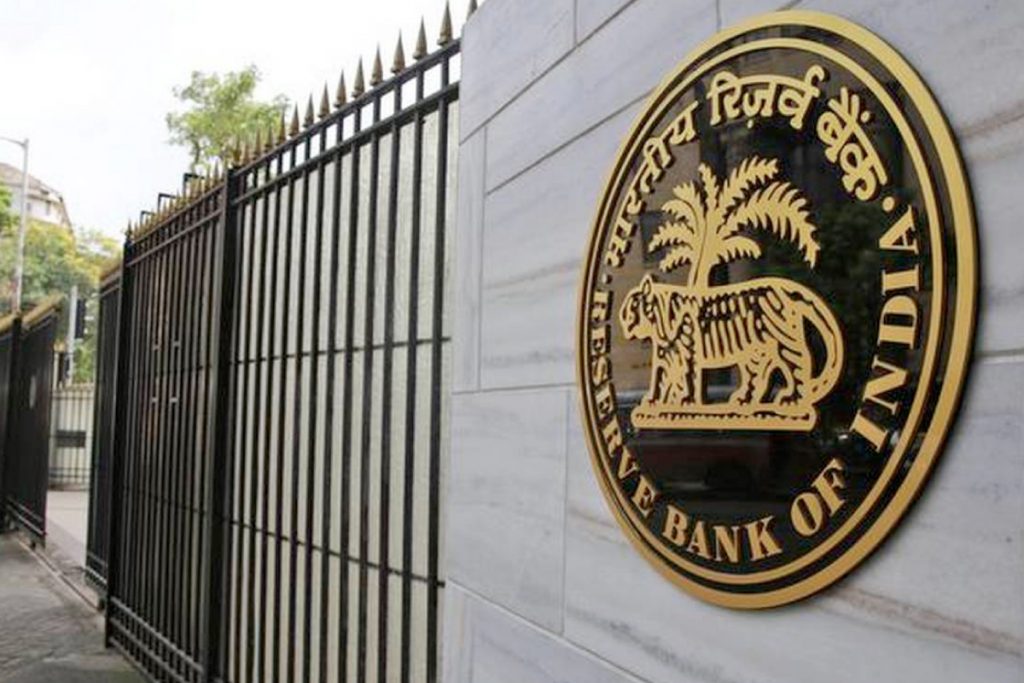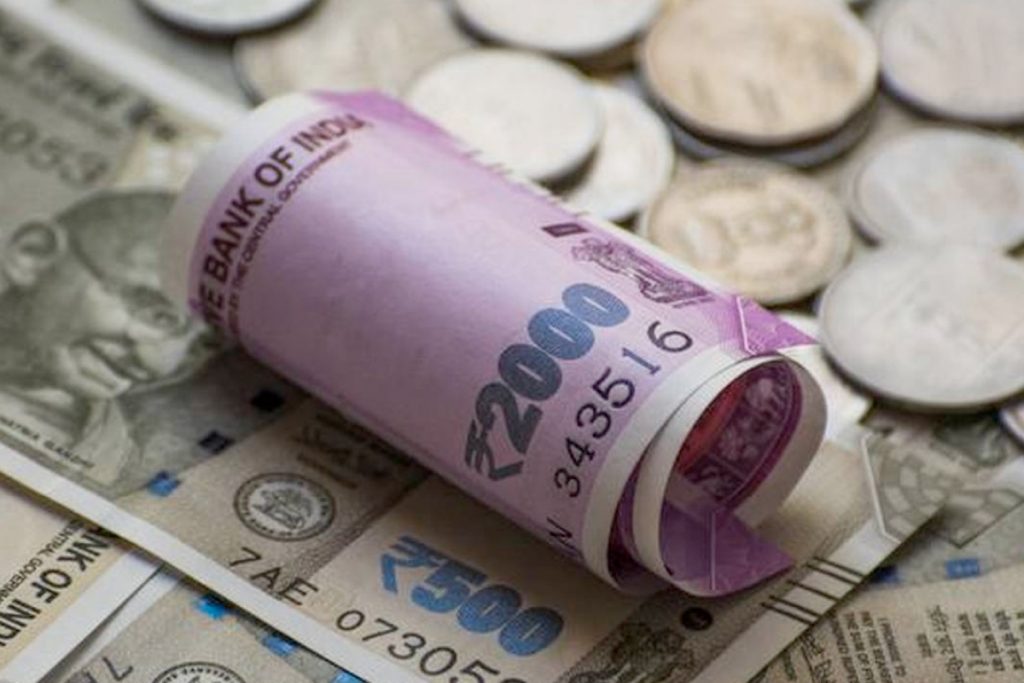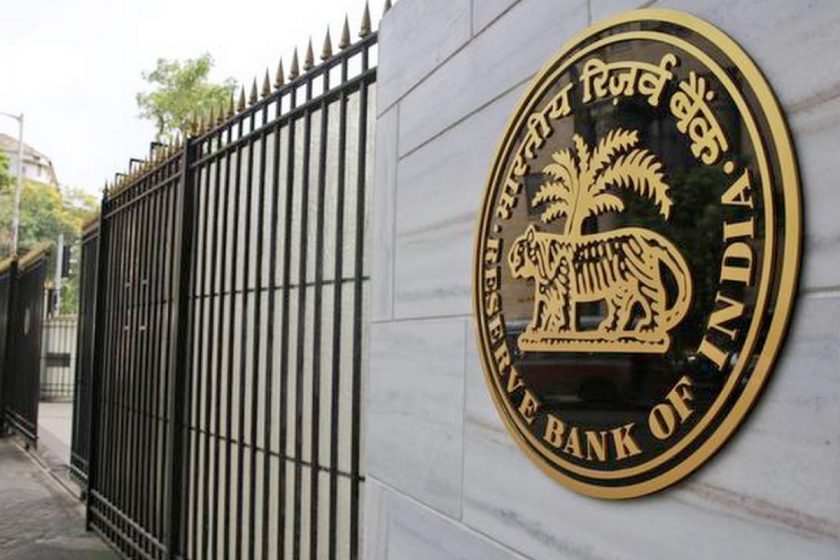Not so long ago, the repo rate used to be a term restricted to the banking world. But not any more. With most financial institutions now tying their home loan interest rates to an external benchmark following the RBI’s directive on October 1st, 2019, prospective homebuyers are expected to know some basic banking terminology.
Floating loan interest rates are now based on repo rates making EMI amounts a little more stable. But what exactly is a repo rate? What is meant by basis points when referring to a repo rate cut?
The RBI has a Monetary Policy Committee (MPC) that convenes every two months to make relevant decisions to maintain price and growth stability of the economy. The MPC decides on appropriate monetary policies to keep inflation and interest rates in check by using tools like repo rates, among others.
Here’s an extensive guide on everything about repo rates, basis points, and more.
Repo rate
Banks regularly borrow from the RBI using Government securities as the collateral and
repurchase them at a later date with interest, which is called the repo rate. The higher the repo rate, the more expensive it becomes for banks to borrow from the RBI, which in turn prompts banks to raise interest rates on its loans.

Ideally, borrowers should be able to benefit from lower interest rates along with the banks when the RBI slashes the repo rate. However, banks cannot lower interest rates below the base rate, which is the lowest amount that banks can charge their customers. Typically, home loan interest rates comprise base rate plus a margin decided by banks.
The current repo rate stands at 5.15%.
Reverse repo rate
Banks use surplus cash to invest in Government securities for short durations. Reverse repo rate is the interest that banks earn on these deposits or investments. Banks find it more profitable to invest in these low-risk securities rather than use their surplus cash for retail lending. As a result, when reverse repo rates fall, home loan interest rates fall along with it.
The current reverse repo rate is 4.90%.
Cash Reserve Ratio (CRR)
Banks are required to keep a certain percentage of money as a deposit with the RBI called the Cash Reserve Ratio (CRR). The RBI uses CRR to control liquidity in the system and increases or decreases the CRR accordingly. The higher the CRR rate, the higher the percentage of reserves that banks need to deposit, which restrains its lending abilities. Although home loan interest rates are not necessarily affected, banks do have the option to increase them.
The current CRR is 4.0%.

Statutory Liquidity Ratio (SLR)
Similar to the CRR, the Statutory Liquidity Ratio (SLR) is the percentage of funds that banks have to maintain as risk-free assets with the RBI by investing in government securities, bonds, or gold. SLR is another method used by the RBI to control liquidity and inflation and forms one of the key reference points while setting the base rate.
The current SLR rate is 18.25%.

